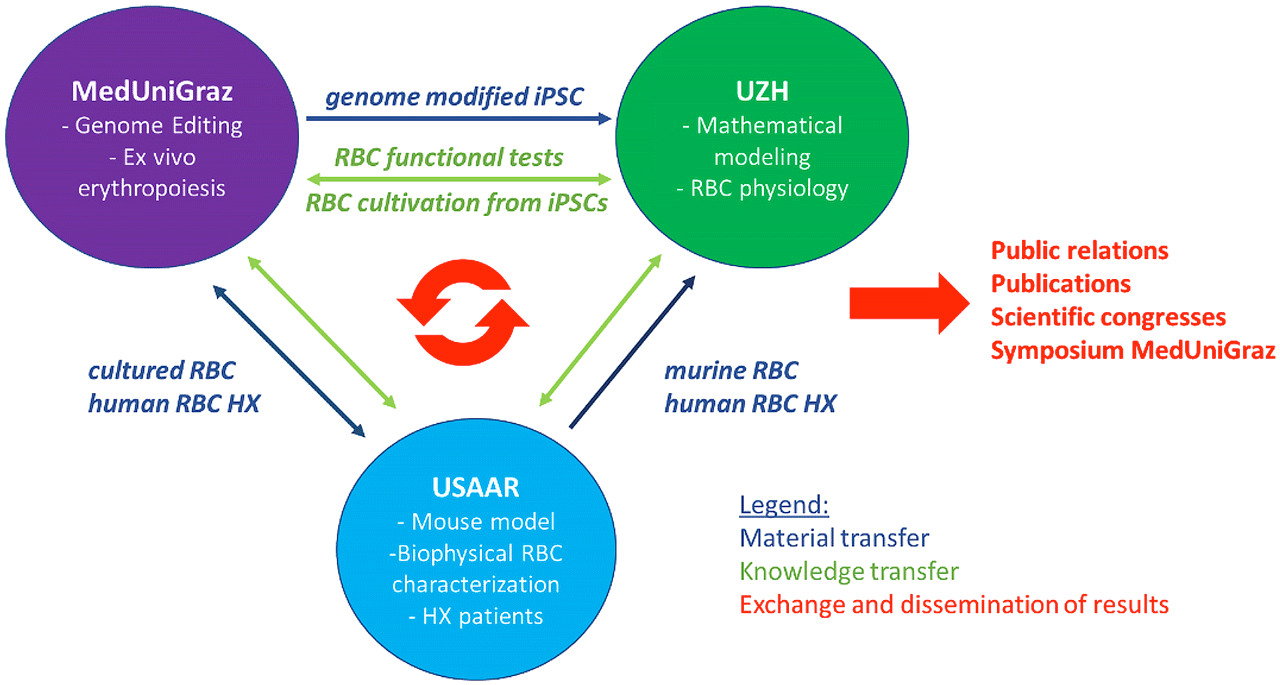Objectives and Goals

Background: The 'Piezo1 Genetic Variants' Project represents the inaugural exploration into the physiological effects of archaic versus modern human protein variants on tissue oxygenation to illuminate fundamental human evolution mechanisms and Piezo1's role in RBC physiology and pathologies. The Piezo1 ion channel, significant for its control over RBC number and functionality, emerges as a focal point due to its genetic variants. Notably, gain of function (GOF) mutations in Piezo1 are linked to hereditary xerocytosis (HX) and potential protection against severe malaria. This study focuses on a specific GOF mutation prevalent in African populations in malaria-endemic regions and a Neanderthal variant affecting the channel's blade part, potentially influencing channel function and, by extension, tissue oxygenation.
Collaborative Effort: This project is a collaborative endeavor, leveraging the expertise of researchers from multiple disciplines. Key contributors include Isabel Dorn and Andreas Reinisch (Medical University Graz) for RBC differentiation and genome editing; Lars Kaestner (Saarland University) for ion-channel characterization; Nicole Bender, Patrick Eppenberger, and Asya Makhro (University of Zürich) for blood-cell-physiology and evolutionary modeling.
Goals:
-
Establish a Link: We aim to connect Piezo1 polymorphisms in RBC with variations in tissue oxygenation, hypothesizing that modern Piezo1 variants, compared to the Neanderthal variant, possess distinct channel properties affecting oxygenation. This suggests Piezo1's role in the adaptive evolution of humans.
-
Comparative Analysis: Through genome editing of human induced pluripotent stem cells, we will generate RBC expressing both archaic and modern Piezo1 variants. These will be analyzed for cellular properties and systemic effects, employing a mouse model to study the impact of these Piezo1 variants on tissue oxygenation.
-
Methodological Innovation: A novel non-invasive method will assess the influence of Piezo1 on tissue oxygenation in HX patients versus healthy controls. Mathematical modeling will reconstruct Piezo1 polymorphism demographic history and model environmental influences on current Piezo1 variants.
Project Structure
